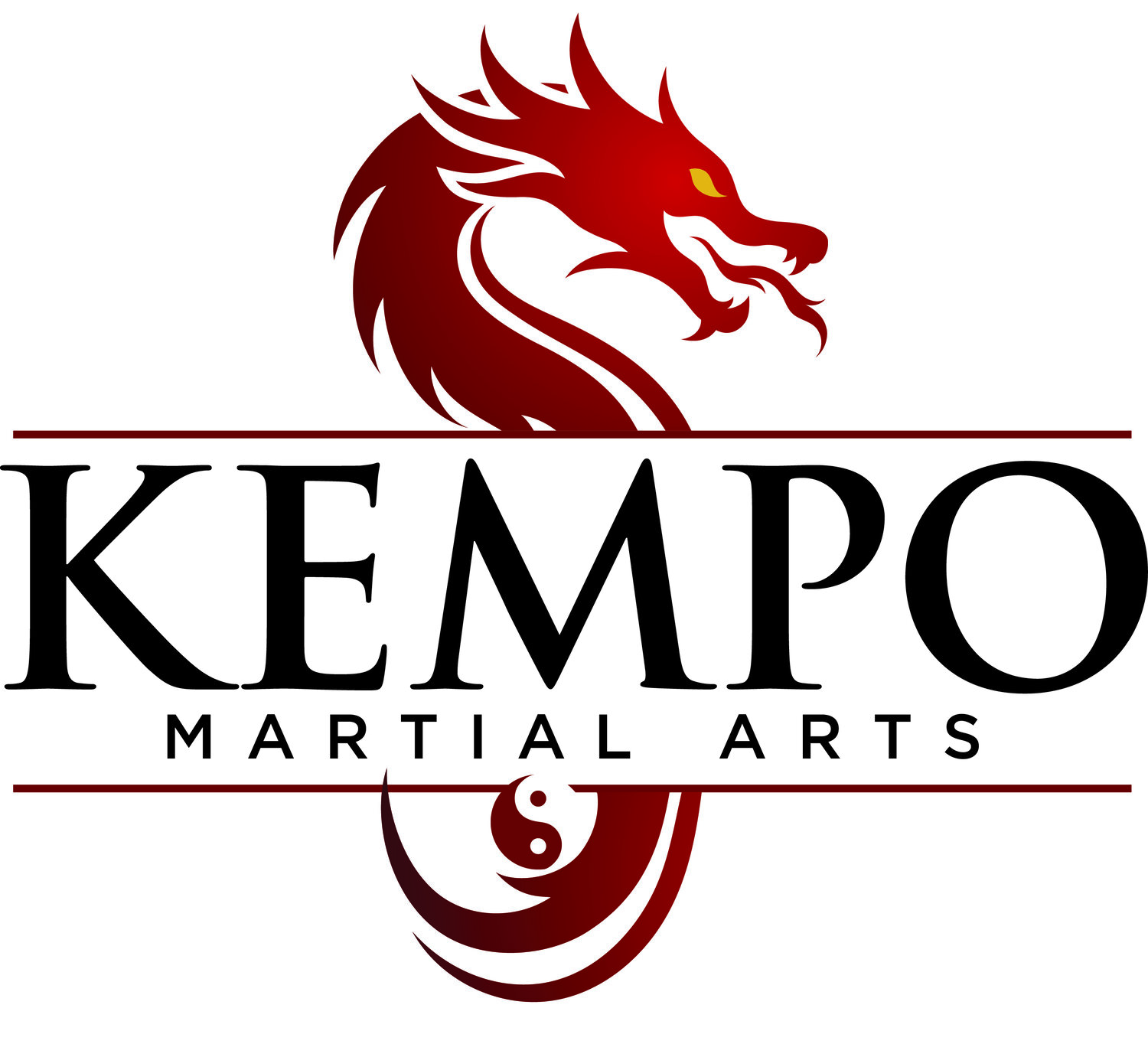The art of Kempo has roots tracing back to Chinese Shaolin Kung Fu. The history of Kempo’s migration to America is a fascinating journey.
Kempo traveled from China to Okinawa, Japan where it was influenced by traditional karate and Aiki-Jujutsu. Japanese Shotokan Karate shares many techniques, practices, and concepts with Korean Tang-Soo-Do, and its influence can be seen throughout our style.
More recently, in the first half of the 21st Century, James Mitose traveled to Japan from his family’s home in Hawai’i. He learned Japanese Kosho-Ryu Kempo Jiu-Jitsu, bringing the style of Kempo to the United States.
James Mitose passed on the teachings of Kempo to his protege, William Chow. Chow had a rough upbringing: he entered the world of martial arts from a life on the streets, which led to training in a diverse array of fighting methods and styles, including Shaolin martial arts, boxing, wrestling and Karate. He had even studied Jiu-Jitsu with Professor Wally Jay. William Chow combined Mitose’s Kempo with his broad knowledge of martial arts and street fighting techniques he knew were effective in real-life combat.
Chow then studied the original Chinese roots of Kempo (called “Chuan-Fa”) bringing the evolution of the art around to its historic roots. He passed his teachings to his student, Ed Parker, who is credited with bringing Kempo to the United States, elevating its popularity in our country.



